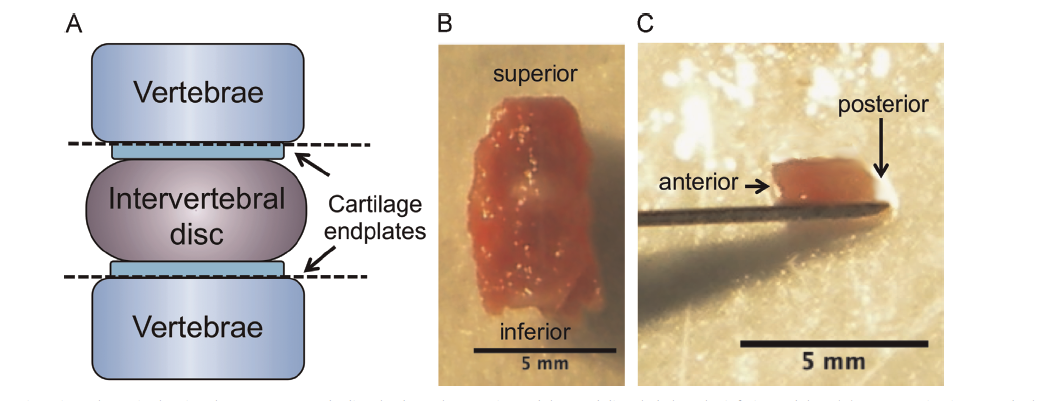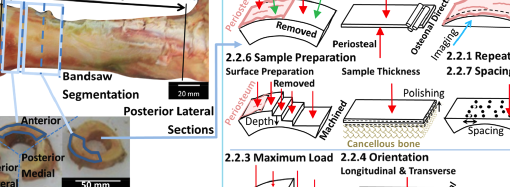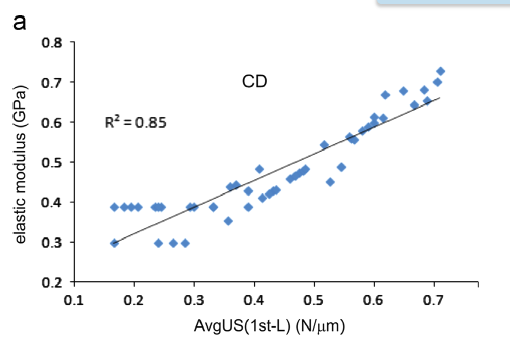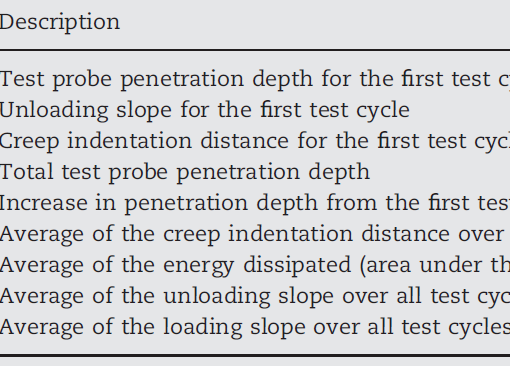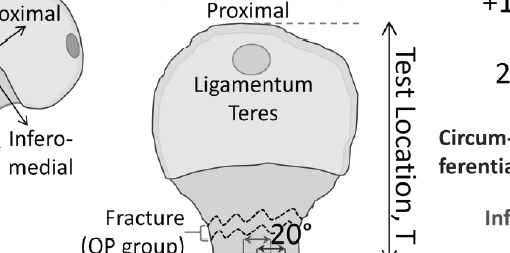Abstract
Intervertebral disc (IVD) degeneration is highly correlated with lower back pain, and thus understanding the mechanisms of IVD degeneration is critical for the treatment of this disease. Utilizing mouse models to probe the mechanisms of degeneration is especially attractive due to the ease of manipulating mouse models and the availability of transgenics. Yet characterizing the mechanical behavior of mice IVDs remain challenging due to their minute size (approximately 540 μm in height and 1080 μm(2) in cross sectional area). We have thus developed a simple method to dynamically characterize the mechanical properties of intact mouse IVDs. The IVDs were dissected with the endplates intact, and dynamically compressed in the axial direction at 1% and 5% peak strains at 1 Hz. Utilizing this novel approach, we examined the effects of in vitro ribosylation and trypsin digestion for 24 or 72 h on the viscoelastic behavior of the whole murine IVD. Trypsin treatment resulted in a decrease of proteoglycans and loss of disc height, while ribosylation had no effect on structure or proteoglycan composition. The 72 h ribosylation group exhibited a stiffening of the disc, and both treatments significantly reduced viscous behavior of the IVDs, with the effects being more pronounced at 5% strain. Here we demonstrate a novel high-throughput method to mechanically characterize murine IVDs and detect strain-dependent differences in the elastic and the viscous behavior of the treated IVDs due to ribose and trypsin treatments.
https://www.ncbi.nlm.nih.gov/pubmed/26004435
J Biomech. 2015 Jul 16;48(10):2189-94. doi: 10.1016/j.jbiomech.2015.04.040. Epub 2015 May 6.

